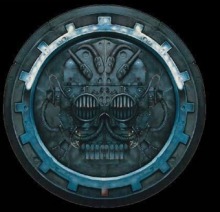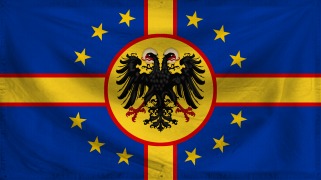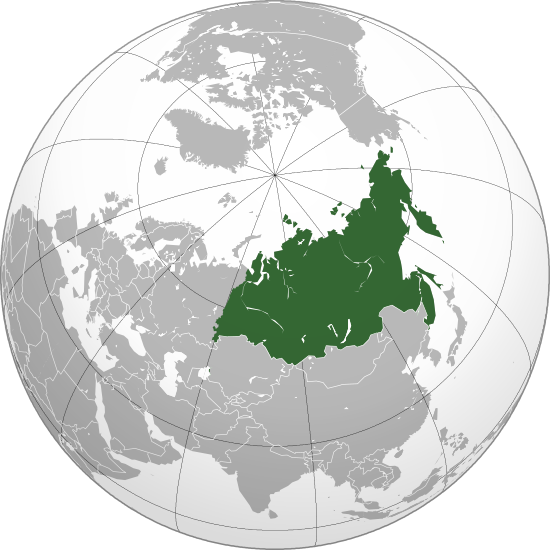Plzen wrote:
I am very, very reluctant to let players split up the US, and especially the Continental US. We have a fairly big world to fill and I don’t want North America to be a sinkhole taking up half a dozen players - that happens in too many PMT roleplays.G-Tech Corporation wrote:I'm not actually aware of instances where the Dutch phenomenon worked in reverse to a deleterious outcome.
The theory of the Dutch Disease is that the presence of some highly competitive industry - such as resource extraction - crowds out other industries in terms of their access to factors of production, currency exchange, financial markets, etc.
On the most basic level, it happens when an economy finds it more efficient to export a resource and import manufactured goods than to shift investment and labour away from resources into manufacturing.
Revisions to North Asia’s application noted and accepted.Khasinkonia wrote:-snip-
Both of these concepts would be acceptable in principle.
Tibet would be taking on some hefty challenges. You’ll have to justify how Tibet managed to get China to let go and simultaneously develop themselves, deal with serious regional instability issues, and adapt to the rapidly shrinking Himalayan icecaps at the same time.
The Inuit Confederation sounds to me less difficult but also less interesting.
Still the Benelux thing... A military invasion of one nation by another, in that region, for that reason, sounds utterly unimaginable unless there are some profound shifts in regional political and diplomatic norms which need to be justified.
If the European player wants the Benelux area, just have the three countries pull out of the European Union alongside France/Germany. That would be a far more realistic way to set this up than a military invasion.
R.I.FUCKING P.
Back to the drawing board.








